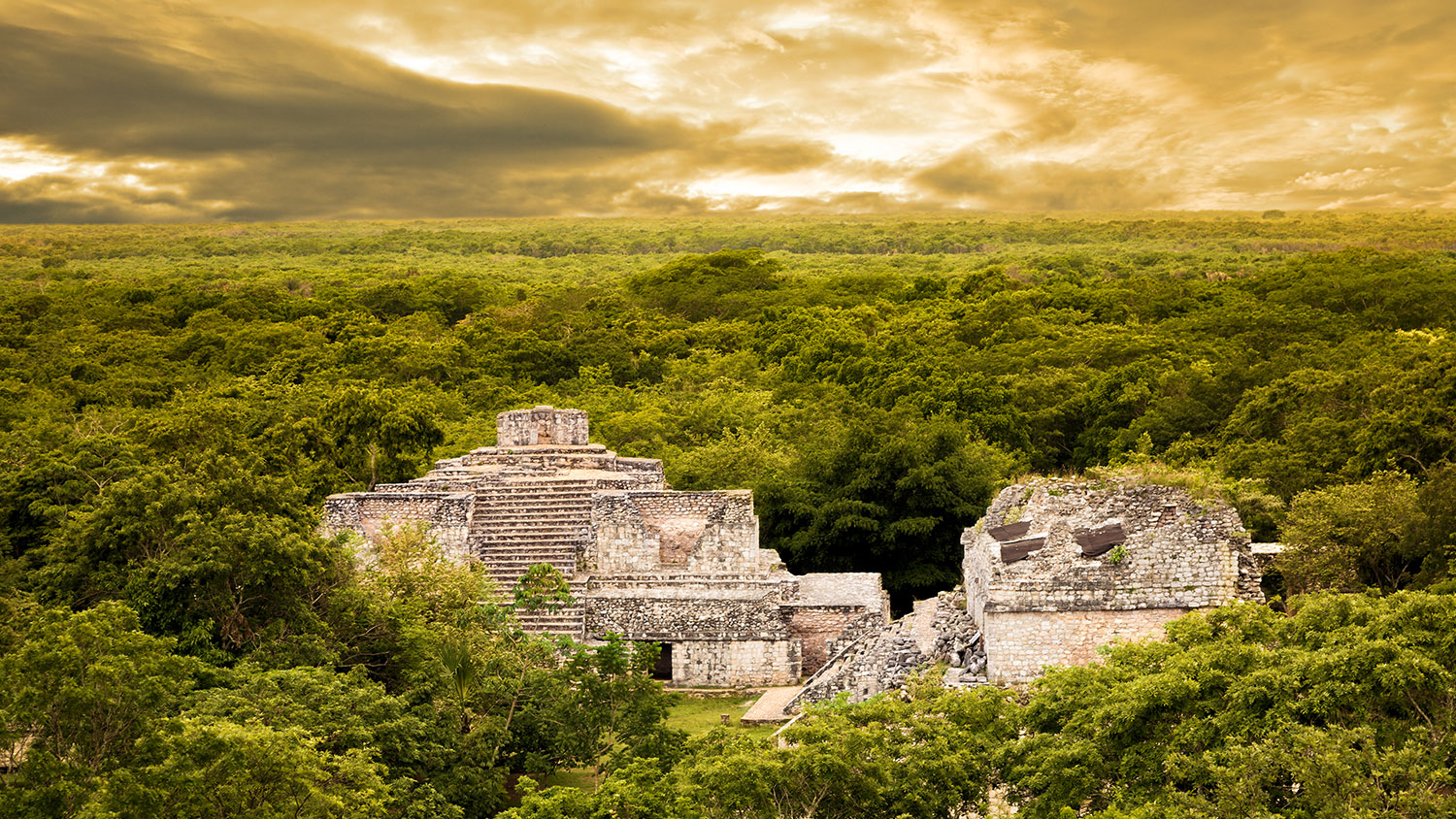The pre-Columbian Mayans are known for many things: El Castillo at Chichen Itza, stucco masks and hieroglyphics, and a Long Count calendar that had nothing to do with a 2012 apocalypse, to name a few. But contemporary thinkers tend not to associate the Mayans with environmental degradation and climate change. A team of geoarchaelogists, led by researchers from the University of Texas-Austin, is here to change that.
The group’s new review claims that we should look to the “Mayacene” era (c. 1050 BCE to AD 950) as instructive of what infrastructure development can do to local ecosystems — and how, in turn, those local environmental changes force human adaptation. Previous research has suggested that pockets of devastating drought, when combined with political fragility and war, helped topple the empire.
“Many aspects of Maya landscapes can have negative impacts,” wrote the authors in Quaternary Science Reviews, “including sedimentation on slopes, valleys, wetlands and lakes, and pollutants such as mercury and potentially phosphorus, if the latter is high enough to produce harmful algal blooms.” Markers of Mayan environmental changes and adaptations are still apparent in the region today.
Here’s more from UTNews:
By looking at Maya impacts on climate, vegetation, hydrology and lithosphere from 3,000 to 1,000 years ago, researchers propose that the Maya’s advanced urban and rural infrastructure altered ecosystems within globally important tropical forests.
The researchers identified six stratigraphic markers — or “golden spikes” — that indicate a time of large-scale change, including: “Maya clay” rocks; unique soil sequences; carbon isotope ratios; widespread chemical enrichment; building remains and landscape modifications; and signs of Maya-induced climate change.
… Maya clay and soil sequences indicated erosion, human land-use changes and periods of instability. Soil profiles near wetlands revealed heightened carbon isotope ratios due to agriculture and corn production; and researchers noted a three- to fourfold increase in phosphorus throughout Maya-age sediments.
Aside from giving us a bit more insight into the Mayan civilization, the review offers a further window into the effects of deforestation on the climate. By examining pollen records as a proxy for changes in vegetation, researchers can begin to piece together a more or less unadulterated picture of how deforestation, wetland farming, urbanization, and other changes in land use can drive regional climate change, “much like how widespread forest removal is involved in climate change today,” write the authors.
We’re often given opportunities to learn from history, and this is one of them — and in this case, it’s an opportunity to learn from one of the greatest civilizations this Blue Marble has hosted. Take note.




